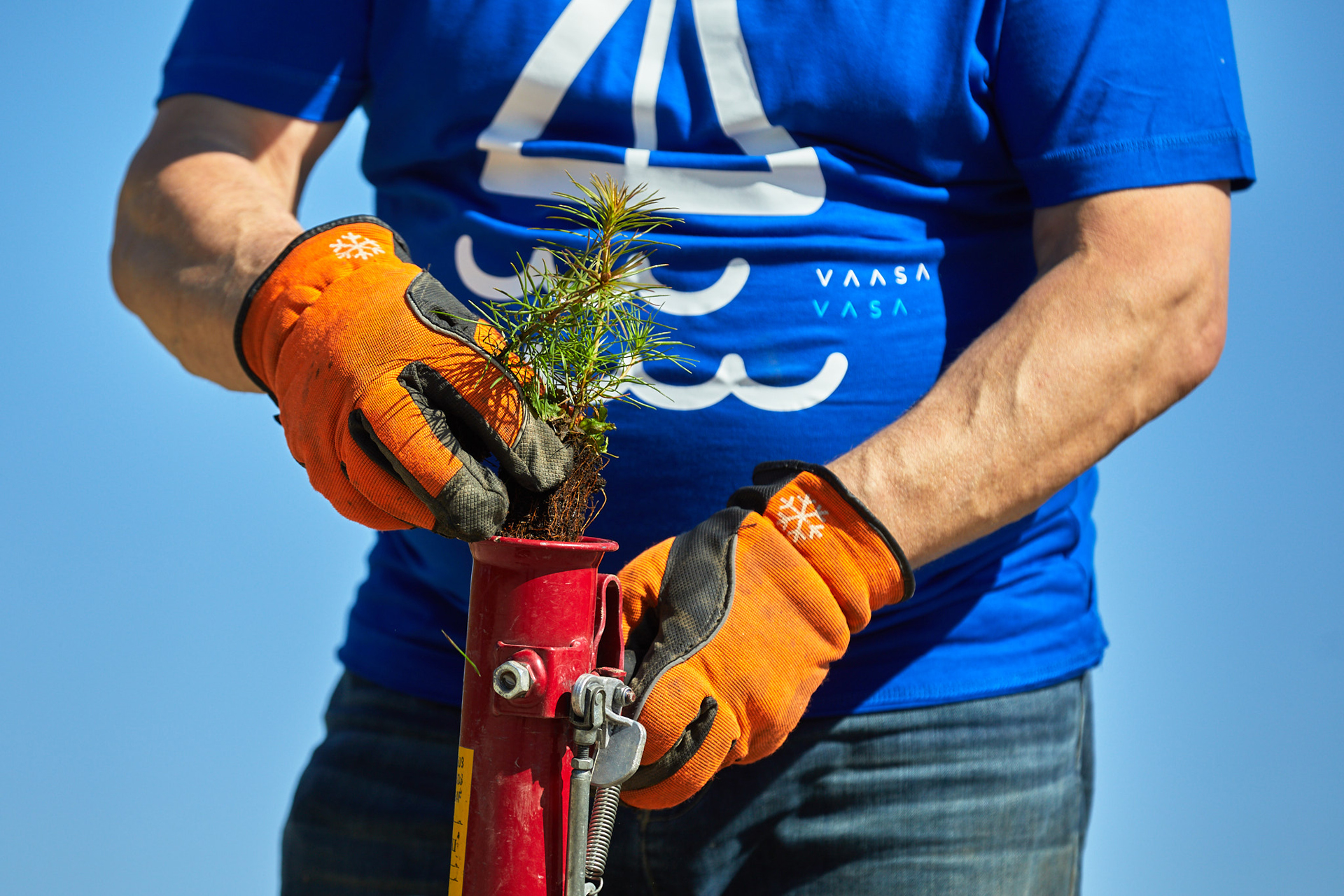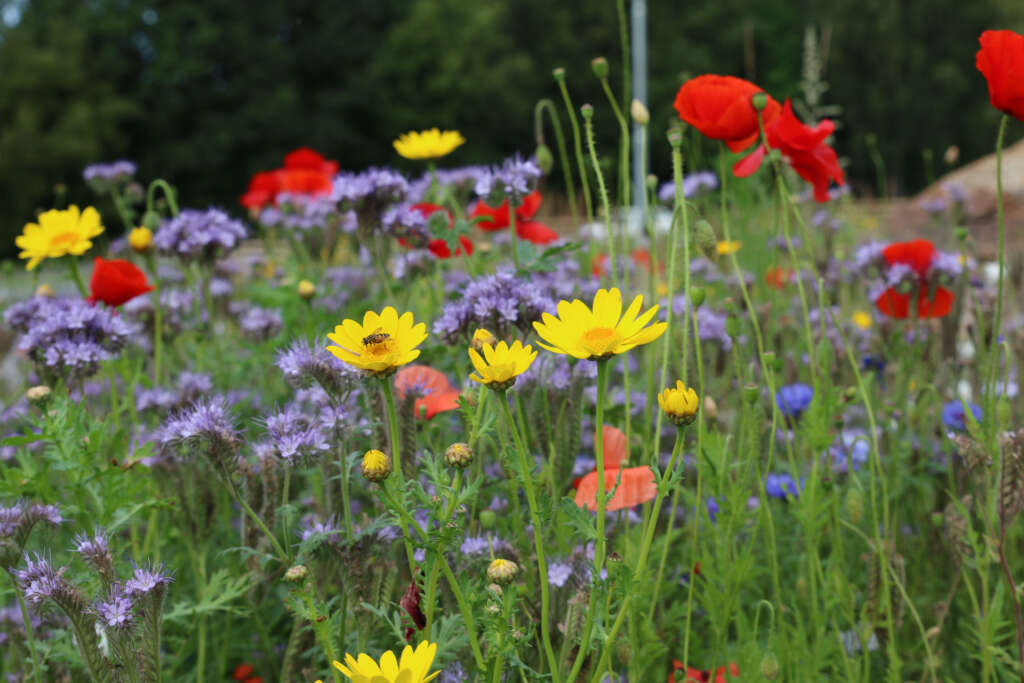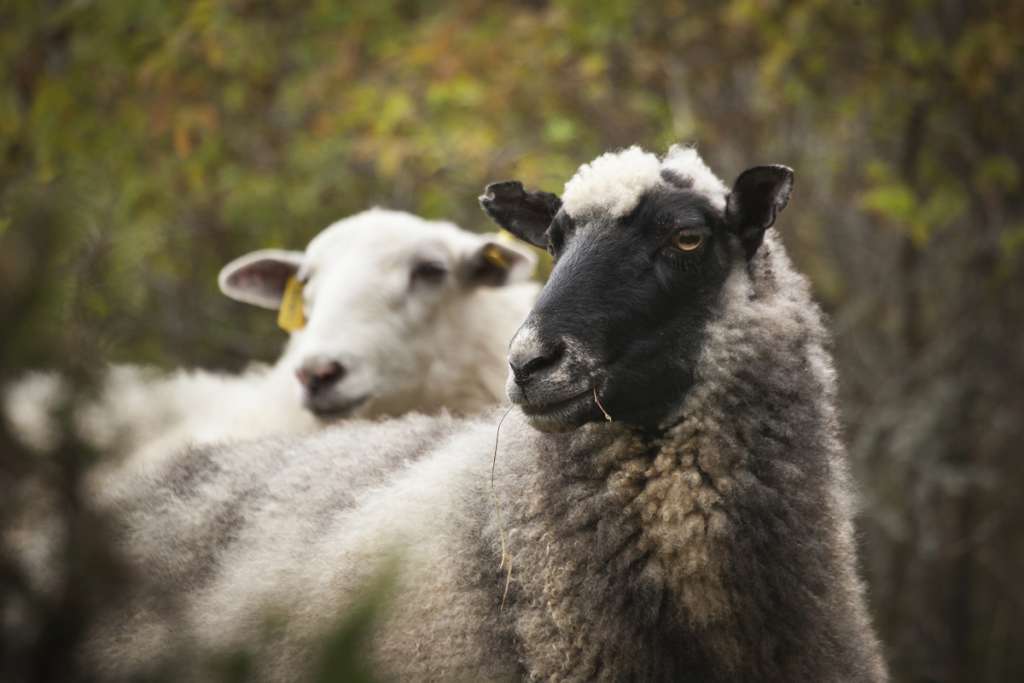In partnership with nature
The City of Vaasa is committed to promoting biodiversity and adapting to climate change. Diversity plays an important role in the functioning of ecosystems and the well-being of people living in urban areas. The city is implementing a wide range of measures focusing on green space development, strengthening ecosystem services and safeguarding biodiversity.
These actions aim to increase the greenness of urban areas, improve resilience to climate change and promote sustainable development as part of the Carbon Neutral Vaasa 202X objective. At the same time, the goal is to create a living environment that is both ecologically sustainable and welcoming and safe for residents.
Biodiversity and adaptation
Meadows to support biodiversity
Instead of intensive lawn mowing, many areas around Vaasa have been left to develop into meadows. They are mowed less frequently to deplete the soil of nutrients and encourage the transition to meadow vegetation, which is vital for many species of plants and insects.
The purpose of creating meadows is to promote environmental amenity and enhance biodiversity. In these areas, meadow flowers and grasses are allowed to grow, benefiting pollinators, for example. Meadows also provide food and shelter for birds and small mammals. The idea behind the meadows created by the city is to encourage residents to create small meadow patches in their yards. Even small meadow areas can benefit the local environment.
Read about the meadow experiment conducted in the summer of 2023 (in Finnish). The experiment continued in the summer of 2024.
A tree for every resident of Vaasa
Some 70,000 new trees will be planted in Vaasa over the next four years! The idea behind the ‘Tree for Every Resident of Vaasa’ project is to offset carbon emissions and tree removals from construction projects, support Vaasa’s carbon neutrality goal and celebrate the city’s population growth as it surpasses 70,000. Forests provide crucial habitats for endangered species, so planting trees also helps safeguard biodiversity.
The ‘Tree for Every Resident in Vaasa’ project was launched in spring 2024 and will run until the end of 2027. A total of 70,000 trees will be planted overall, or some 17,500 trees each year.
Read more about the project here (in Finnish).
Biodiversity programme
Vaasa is developing a LUMO biodiversity programme, which is expected to be completed by the end of 2025. The program helps protect and create sustainable, diverse urban environments that support the well-being of nature, people, and animals, while preventing species and habitat loss. At the same time, the programme also enhances Vaasa’s ability to adapt to climate change.
The LUMO program includes biodiversity objectives, concrete measures, and various monitoring mechanisms for city-owned areas. Tracking the targets will ensure that the programme’s measures are progressing as planned.
The 3-30-300 principle
The City of Vaasa is updating its green space system as part of a broader master planning initiative, aiming to safeguard biodiversity, enhance recreational opportunities for residents, and strengthen climate resilience through green spaces. The reform is based on the 3-30-300 principle, which states that every resident should be able to see at least three trees from their home, the tree canopy should cover at least 30% of the neighbourhood, and the nearest high-quality green space should be no more than 300 metres away.
This principle guides tree planting and helps enrich the urban landscape with diverse plant species and biota, recognising the essential impact of urban forests and nature on health and well-being. Trees and green spaces absorb rain and stormwater, reduce heat stress and help the city adapt to environmental changes.
Stormwater management as an adaptation tool
Managing stormwater helps reduce flood risks, which are likely to increase with climate change. Well-designed stormwater systems, such as detention basins and infiltration areas, can help prevent excessive water flows and reduce flood damage.
Recently, improvements have been made to stormwater management, such as in Hovioikeudenpuistikko Esplanade, where flooding in front of the railway station has been successfully reduced by an underground detention system and the elevation of the station’s frontage. Extensive stormwater analyses and plans have also been carried out in the GigaVaasa and Laajametsä areas.
Modelling is a key tool for assessing the impacts of climate change and examining the capacity of the current system. Network models and modelling software allow for a wide range of considerations in different situations and can be used for computational planning solutions, scenario analyses, and informed decision-making. For instance, the goal of the VEMA (network model) project (in Finnish) was to enable integrated urban water management in Vaasa and to explore and pilot the use of network models in cooperation between the city’s different departments and services.



